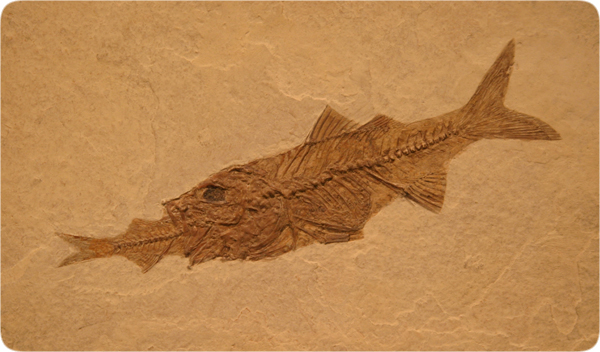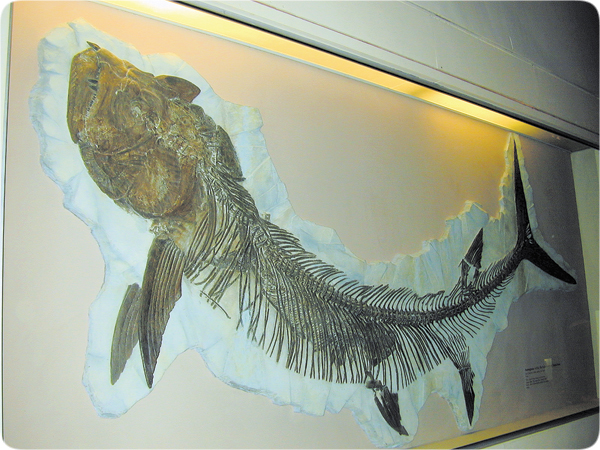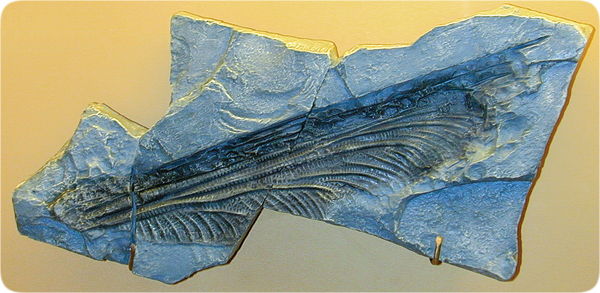Codes, Programs, and Information 1
In our experience, codes are produced only by intelligence, not by natural processes or chance. A code is a set of rules for converting information from one useful form to another. Examples include Morse code and Braille. Code makers must simultaneously understand at least two ways of representing information and then establish the rules for converting from one to the other and back again.
The genetic material that controls the physical processes of life is coded information. Also coded are complex and completely different functions: the transmission, translation, correction, and duplication systems, without which the genetic material would be useless, and life would cease (a). It seems obvious that the genetic code and the accompanying transmission, translation, correction, and duplication systems were produced simultaneously in each living organism by an extremely high intelligence (b).
a. In 2010, another level of complexity was discovered in the genetic code. On a strand of DNA, a sequence of three adjacent nucleotides form a unit in the genetic code called a codon. Prior to 2010, some codons were thought to have the same function as others. That turns out to not be the case.
“...synonymous codon changes can so profoundly change the role of a protein [that it] adds a new level of complexity to how we interpret the genetic code.” Ivana Weygand-Durasevic and Michael Ibba, “New Roles for Codon Usage,” Science, Vol. 329, 17 September 2010, p. 1474. Also see Fangliang Zhang et al., “Differential Arginylation of Actin Isoforms Is Regulated by Coding Sequence-Dependent Degradation,” Science, Vol. 329, 17 September 2010, p. 1734–1537.
b. “Genomes [all the DNA of a species] are remarkable in that they encode most of the functions necessary for their interpretation and propagation.” Anne-Claude Gavin et al., “Proteome Survey Reveals Modularity of the Yeast Cell Machinery,” Nature, Vol. 440, 30 March 2006, p. 631.
c. The genetic code is remarkably insensitive to translation errors. If the code were produced by random processes, as evolutionists believe, life would have needed about a million different starts before a code could have been stumbled on that was as resilient as the code used by all life today. [See Stephen J. Freeland and Laurence D. Hurst, “Evolution Encoded,” Scientific American, Vol. 290, April 2004, pp. 84–91.]
“This analysis gives us a reason to believe that the A–T and G–C choice forms the best pairs that are the most different from each other, so that their ubiquitous use in living things represents an efficient and successful choice rather than an accident of evolution.” [emphasis added] Larry Liebovitch, as quoted by David Bradley, “The Genome Chose Its Alphabet with Care,” Science, Vol. 297, 13 September 2002, p. 1790.
[From “In the Beginning” by Walt Brown]






